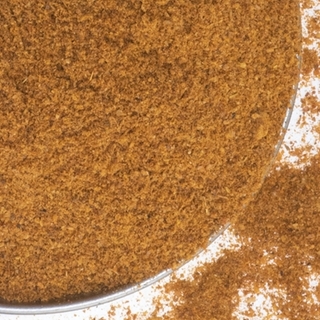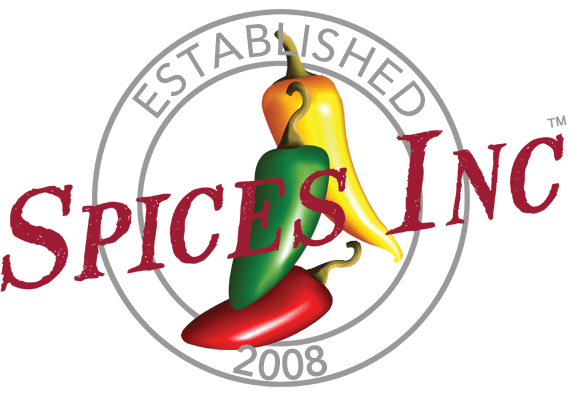Ghost Chile Powder


Ghost Chile Powder
Ghost Powder, Capsicum chinense x frutescens, is a crazy hot chile powder that measures 500,000-1,000,000 Scoville Heat Units (SHU). It is also referred to as ghost pepper powder or ground ghost pepper. This chile powder is popular with our hot chicken restaurant, food truck, and specialty food market customers.
In India, it may also be called Naga Jolokia, Naga Hari, Naga Morich, and Dorset Naga. "Naga" is in tribute to the fierce ancient warriors of Naga of northeastern India. The Naga were known for the ritual practice of headhunting. Other popular names for this chile include Bih Jolokia ("poison chile") and Raja Mircha ("King of Chiles"). The name Bhut Jolokia translates to "ghost chile."
Initially, food researchers believed that Bhut Jolokia chiles were of the Capsicum chinense genus, but DNA tests have shown that it is actually a naturally occurring hybrid with mostly Capsicum chinense genetics along with some Capsicum frutescens traits.
We also have whole Ghost Chiles available.
Flavor Profile
With such an intense heat you're not going to pick up much flavor before you're overwhelmed by fiery intensity. At first bite, you'll quickly pick up a hint of flavor that may bring green apples and apricots to mind.
Heat Level
Bhut Jolokia chiles are considered a crazy hot chile pepper coming in at just over 1 million SHU.
How to Use
Not for the faint of heart.
Even the smallest amounts of the Ghost Chile can provide an intense heat to homemade hot sauce. Use Ghost chile powder to add fiery heat to chili, chutneys, curries, pickles, pizza, sauces, and wings.
| Ingredients | Bhut Jolokia |
| Also Called | Ghost pepper powder or ground ghost pepper |
| Recommended Uses | Use in chili, chutneys, curries, pickles, pizza, sauces, and on wings |
| Flavor Profile | A hint of flavor that may bring to mind green apples and apricots |
| Heat Level | 500,000-1,000,000 SHU |
| Botanical Name | Naturally occurring hybrid within mostly Capsicum chinense genetics along with some Capsicum frutescens traits |
| Cuisine | American, Indian |
| How To Store | Airtight container in a cool, dark place |
| Shelf Life | 6-12 months |
| Country of Origin | India |
Nutrition Facts
Serving Size1/4 tsp
Amount Per Serving
Calories0
% Daily Value*
Total Fat0g0%
Saturated Fat0g0%
Trans Fat0g
Polyunsaturated Fat0g
Monounsaturated Fat0g
Cholesterol0mg0%
Sodium0.0mg0%
Total Carbohydrate0.0g0%
Dietary Fiber0.0g0%
Total Sugars0.0g
Added Sugars0g0%
Sugar Alcohol0.0g
Protein0.0g0%
Vitamin D0mcg0%
Calcium0mg0%
Iron0mg0%
Potassium9mg0%
*The % Daily Value (DV) tells you how much a nutrient in a serving of food contributes to a daily diet. 2,000 calories a day is used for general nutrition advice. These values were calculated and therefore are approximate. For more accuracy, testing is advised.
